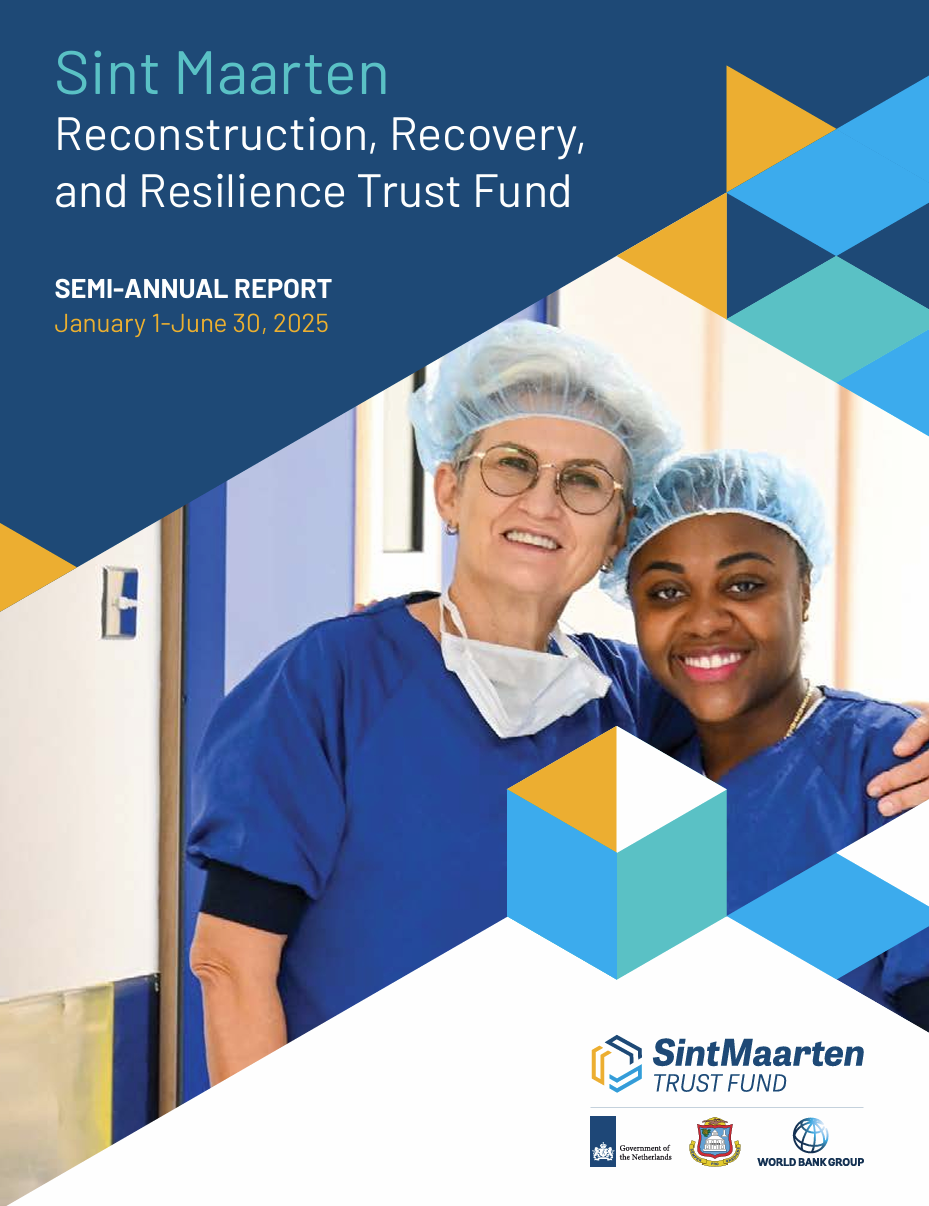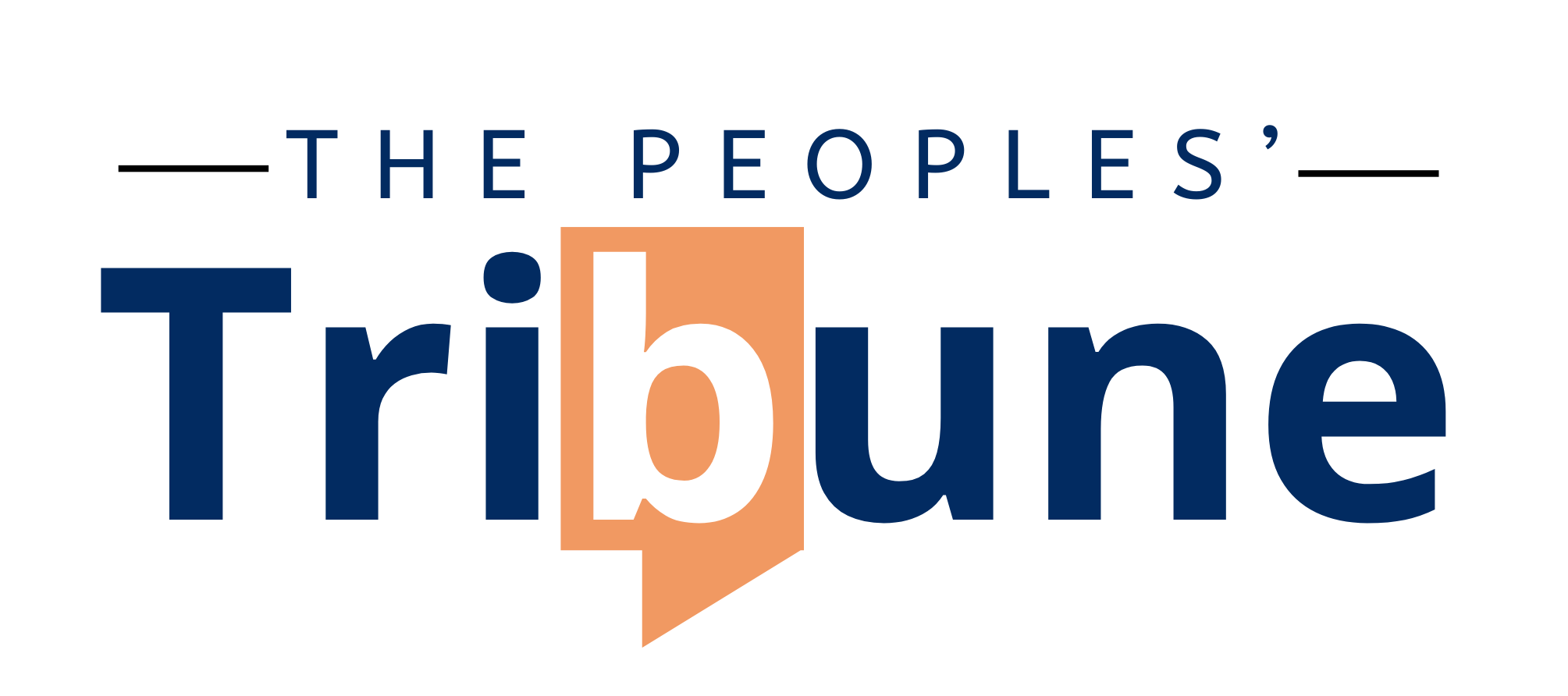St. Maarten Trust Fund Program issues update, citing Key constraints and fixes
.jpg)
GREAT BAY--The St. Maarten Trust Fund Program today released a portfolio update that includes a clear picture of what is slowing delivery and how those issues are being addressed. The program reports that procurement lead times, limited capacity in key teams, cross-agency approvals, and the inherent complexity of some activities continue to constrain progress. In response, the program is moving to earlier planning, closer supervision, clearer responsibilities across institutions, and targeted technical support to shorten timelines and keep projects on track.
The program has already delivered results that the public can see. Princess Juliana International Airport’s terminal reconstruction was completed and publicly reopened in November 2024, seven equipment packages were commissioned, and the project closed on June 30, 2025, after meeting its objective. Airport workforce training was rolled out for about 200 staff across security, operations, and customer service. The Civil Society Partnership Facility closed with 92 community subprojects completed, strengthening dozens of organizations and expanding services at the neighborhood level.
Health and safety investments advanced. The hospital project completed the ground floor and progressed structural works on the second floor, the wastewater treatment plant for the facility was commissioned in December 2024, and on-site audits, training, and emergency drills continued to support safe commissioning. Steps to launch a national early-warning Cell Broadcast System moved forward with a memorandum of understanding and executed software and hardware contracts, laying the groundwork for alerts to reach mobile phones during emergencies.

Support to small businesses scaled up. The Enterprise Support Project reached 300 micro, small, and medium enterprises with grants and loans, including many women-owned or managed firms, and the portfolio shows low non-performing loans. Follow-through actions are underway to process remaining applications, plan a jobs survey, and work with TEATT on arrangements that sustain lending and advisory services after project close.
Several sector programs are in motion. Utilities resilience moved into procurement for undergrounding electrical lines and potable water pipes, a step that reduces outage risks. Wastewater management has a signed design and supervision contract, a completed baseline water-quality assessment, a senior wastewater consultant on board, and a sanitation workshop completed to keep agencies aligned. In digital government, nine new activities began, including National Digital Identity design, supporting regulations, enterprise architecture, cybersecurity firewalls, and a government-wide area network, and the e-services tender design and development process started in May 2025. Education quality work continued with a second round of primary school assessments in math and reading.
The update explains why some activities slowed and how fixes are being applied. Procurement has taken longer than planned because teams needed to refine technical requirements, attract enough qualified bidders, and align bids with market prices. The program is pushing more upstream planning with hands-on support from technical experts so bid documents are clearer and evaluations can move faster. Where contractor performance fell short, including at some school gym and sports facility works and at the Emergency Operations Center, contracts were terminated for fundamental breaches and activities are being shifted to other Trust Fund projects to keep delivery on track. Regular site reporting and firmer enforcement of contract provisions are now standard across works.
Decision-making across agencies is being streamlined. Multi-stakeholder initiatives such as the digital identity program and parts of health reform needed clearer mandates and faster approvals, so the program is using roadmaps and accountability matrices to clarify who does what and when. Permits and administrative clearances, including environmental approvals and work or residency permits for specialist staff, slowed mobilization on some works, so dedicated focal points in the relevant ministries are being designated to move files faster and prevent new bottlenecks.
For technically complex projects, delivery is being phased and supported by external expertise. Early-warning systems, mental health infrastructure, and wastewater upgrades require careful design and tight coordination, so external technical assistance is being used to finalize designs and maintain momentum. In mental health, additional financing is effective, eight million US dollars in counterpart funding has been secured, the Trimbos Institute is supporting policy and training, a national promotion and prevention working group is active, and the design contract for the new facility has been signed with work underway.
Portfolio-wide improvements are being embedded so gains last. After a formal review, time-bound action plans were agreed and are being tracked. The steering committee endorsed a 2025 to 2028 strategic framework that focuses on results and efficient use of funds. The National Recovery Program Bureau issued a new program manual in May that clarifies roles and introduces e-procurement, allowing technical and procurement teams to coordinate and evaluate bids with fewer delays. The program is also planning for the medium term through the SPEAR operation, which will strengthen capacity at the recovery unit and help establish a Disaster Reserve Fund so the country can respond faster to future shocks.
The aim is simple, finish what has started, fix what is stuck, and keep decisions and delivery moving so people see steady, usable results in travel, health, safety, business support, and basic services. As the portfolio accelerates, the program will continue to report on progress at the project level and on the specific steps taken to remove hurdles.
Join Our Community Today
Subscribe to our mailing list to be the first to receive
breaking news, updates, and more.





%20(412%20x%20570%20px)%20(412%20x%20340%20px).jpg)